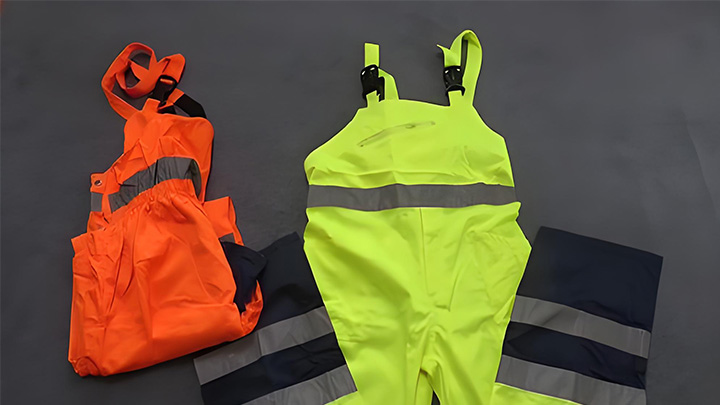How to Choose the Right Safety Goggles for Work
Safety goggles are essential protective equipment for various workplaces, offering critical protection for the eyes against hazards such as flying debris, chemicals, and harmful light. Choosing the right safety goggles ensures both safety and comfort for workers. This article provides a guide to selecting the best goggles for your needs.
1. Understand Workplace Hazards
Different workplaces present unique risks to eye safety. Identify the specific hazards to determine the type of goggles required:
- Flying Particles: Dust, wood chips, or metal fragments in construction or woodworking.
- Chemical Exposure: Splashes or vapors from liquids in laboratories or manufacturing.
- Radiation or Bright Light: Ultraviolet (UV) or infrared light during welding or laser work.
- Biological Hazards: Potential exposure to infectious materials in healthcare or research.
2. Select the Right Type of Goggles
Safety goggles come in various designs tailored to specific tasks:
- Direct Vent Goggles: Allow airflow to prevent fogging, suitable for protection against dust or large particles.
- Indirect Vent Goggles: Block liquid splashes while providing ventilation, ideal for chemical handling.
- Non-Vented Goggles: Provide a complete seal, protecting against fine particles, vapors, and gases.
- Welding Goggles: Offer specialized protection against intense light and heat.
3. Look for Appropriate Lens Materials
The lens material affects durability, clarity, and resistance:
- Polycarbonate: Lightweight, impact-resistant, and UV-protective. Suitable for most industrial applications.
- Acrylic: Scratch-resistant and affordable but less durable than polycarbonate.
- Nitrile or Acetate: Resistant to chemicals, ideal for lab work.
- Glass: Highly scratch-resistant and heat-tolerant but heavier and less impact-resistant.
4. Ensure Comfort and Fit
Comfortable goggles are more likely to be worn consistently. Consider:
- Adjustable Straps: Ensure a secure and customizable fit for different head sizes.
- Foam or Rubber Seals: Enhance comfort and provide a snug fit to prevent debris entry.
- Lightweight Designs: Reduce fatigue during extended use.
- Compatibility with Glasses or Helmets: If workers need prescription glasses or helmets, choose goggles that fit comfortably over them.
5. Check Lens Coatings
Lens coatings improve functionality and usability:
- Anti-Fog Coating: Prevents condensation, crucial in high-humidity environments.
- Anti-Scratch Coating: Extends the lifespan of the lenses.
- UV Protection: Shields the eyes from harmful ultraviolet rays in outdoor or bright-light work.
6. Verify Compliance with Safety Standards
Ensure the goggles meet recognized safety standards for reliable protection:
- ANSI Z87.1 (USA): Certifies impact resistance, optical clarity, and coverage.
- EN 166 (Europe): Covers mechanical strength and protection against particles, liquids, and heat.
- CSA Z94.3 (Canada): Sets requirements for safety eyewear.
Compliance with these standards ensures the goggles are suitable for workplace hazards.
7. Consider Maintenance and Durability
Durability and maintenance affect the long-term value of goggles:
- Reusable vs. Disposable: Reusable goggles should be easy to clean and disinfect.
- Resistance to Wear: Choose goggles designed to withstand the demands of the work environment.
- Replaceable Parts: Some models allow replacement of lenses or straps for extended usability.
8. Train Workers on Proper Usage
Provide training to ensure workers understand how to use and maintain their goggles effectively:
- Proper Fit: Demonstrate how to adjust straps and secure a snug seal.
- Cleaning and Storage: Teach correct cleaning techniques and storage practices to prevent damage.
- Inspection: Encourage regular checks for scratches, cracks, or loose parts.
Conclusion
Choosing the right safety goggles is essential for protecting workers from eye injuries and ensuring their comfort and productivity. By assessing workplace hazards, selecting suitable goggles, and ensuring compliance with safety standards, employers can create a safer work environment. Regular training and maintenance further enhance the effectiveness and longevity of safety goggles, keeping workers' vision protected in every situation.




